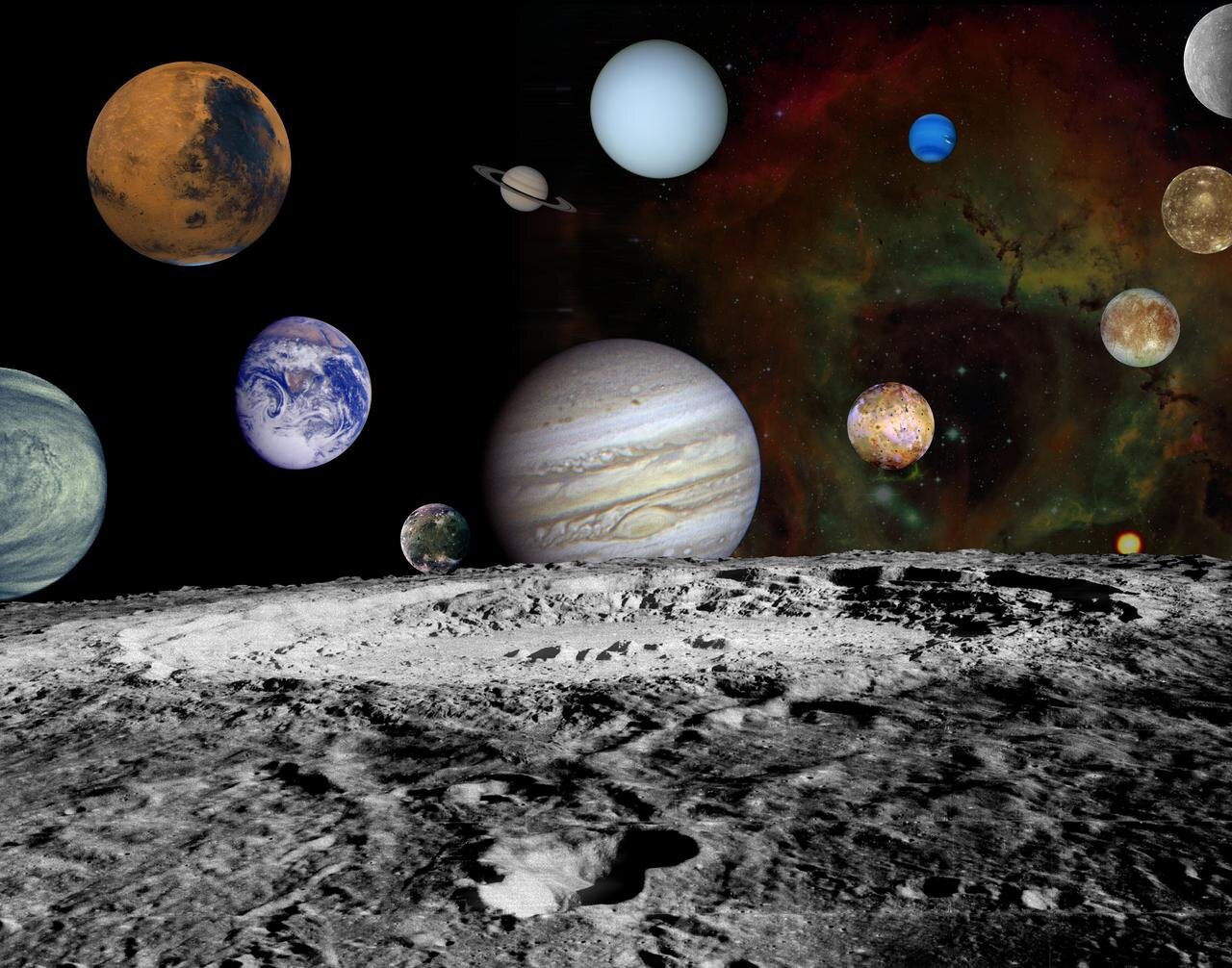Scientists have modeled what would happen if there was a super-Earth in place of the asteroid belt between Mars and Jupiter. They came to the conclusion that in this case the stability of the solar system would be disrupted. And life on Earth would become impossible, or the planet would go out of orbit at all.

“Gaps” in the Solar System
Recently, a group of astrophysicists from the University of California at Riverside carried out an interesting simulation concerning the stability of the Solar System. They noticed that there were two large “gaps” in it.
The first one concerns the size of the planets. They fall into two completely different categories. On the one hand, we have small solid bodies of the Earth group. On the other — huge gas giants. In other star systems, there is an intermediate variant called super-Earths. But we don’t have anything like that.
On the other hand, these two groups of planets are also separated in space. There could be another planet between Mars and Jupiter. But that’s where the asteroid belt is located. Studies showed that due to the gravity of the gas giant, there was no chance of the formation of a large body there, but the researchers still tried to simulate a situation where the super-Earth seemed to close both gaps.
Super-Earth between Jupiter and Mars
Dynamic modeling of the system was carried out with a change in the mass of the planet, which was placed between Mars and Jupiter. Each time, the researchers noted what consequences this led to. The results for any super-Earth looked unflattering.
By itself, its gravity could not greatly affect the entire system. However, the super-Earth is massive enough to destabilize the orbit of Jupiter located next to it. And this gas giant is big enough to influence what is happening around the Sun.
In particular, if it starts changing its orbit, then all the inner planets will start doing it with it. As a result, the Earth may be outside the “habitable zone” and life on it would become impossible.
In the worst case, any of the planets in general could be thrown into outer space. Such a fate could befall both the outer gas giants Uranus and Neptune, and the inner planets Venus and Mercury.
This result is quite interesting, because only 10 percent of open systems have gas giants far away at about the same place that Jupiter is located. This may be due to the stability of the orbits of Earth-like planets.
According to phys.org
Follow us on Twitter to get the most interesting space news in time
https://twitter.com/ust_magazine

